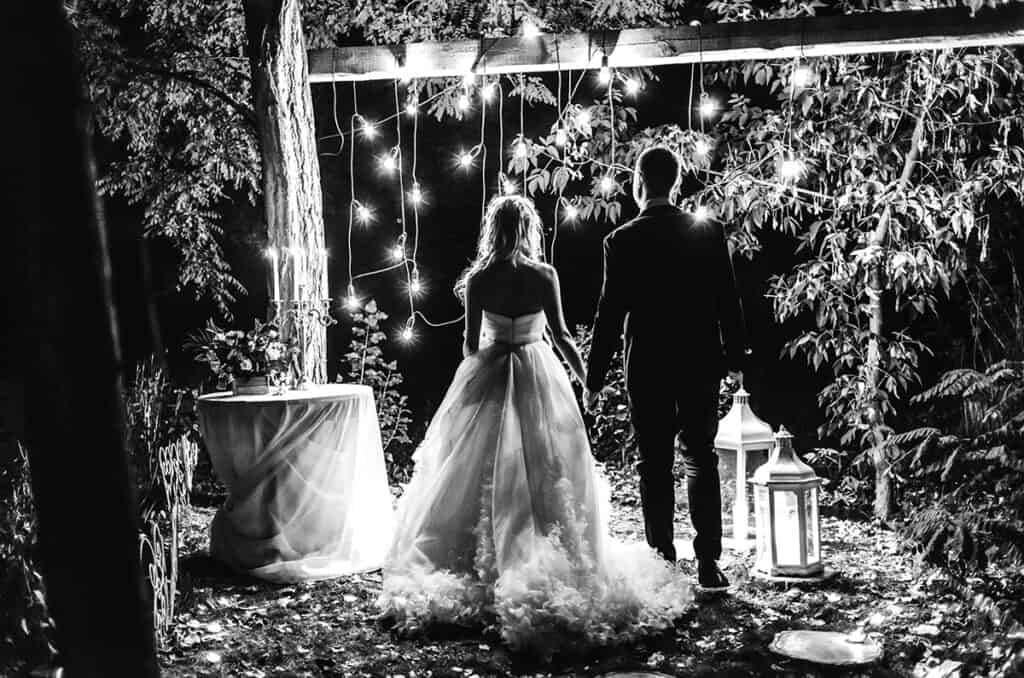
As an Amazon Associate, I earn from qualifying purchases. This post contains affiliate links. This means I will make a commission at no extra cost to you should you click through and purchase. Read the full disclosure here.
The transition from Wedding to Real Estate Photography can be challenging even though wedding and portrait photography may seem similar. In this blog post, we will explore why shifting from wedding or portrait photography to real estate photography is not as straightforward as it may appear.
Wedding and portrait photography primarily involves capturing emotions, expressions, and the unique moments individuals or couples share. On the other hand, real estate photography is all about showcasing properties and creating images that highlight their features, aesthetics, and potential. The transition demands a shift in mindset from capturing emotions to capturing spaces.
Wedding and portrait photography often require a standard set of equipment, including high-end cameras, lenses, and lighting gear. However, in real estate photography, specialized equipment such as wide-angle lenses and tripods are crucial for capturing expansive interiors and exteriors with optimal clarity and depth of field.
In wedding and portrait photography, photographers often control the lighting environment, utilizing natural or artificial lighting setups to create desired effects. In contrast, real estate photographers often have limited control over the lighting conditions of their properties. They must work with ambient, natural, and artificial light sources to balance exposures, minimize shadows, and accurately represent the space. Mastering this balancing act can be daunting for photographers transitioning from a controlled lighting environment.
One of the critical skills in wedding and portrait photography is capturing people in aesthetically pleasing compositions, with a focus on the subjects and their interactions. In real estate photography, the photographer must emphasize the property's architectural features, room layout, and flow. Composing wide-angle shots, capturing bracketed photos for HDR, managing lines and perspectives, and organizing the space require a different approach and careful attention to detail.
Post-processing is crucial in wedding/portrait and real estate photography, but the techniques and requirements differ significantly. Wedding and portrait photographers often focus on retouching and enhancing the subjects' appearance while maintaining a natural look. Real estate photography emphasizes accurately representing the property's visual appeal, correcting perspective distortion, adjusting color balance, and ensuring accurate representation. Learning the specific post-processing techniques and software for real estate photography can be time-consuming and require new skills.

Wedding and portrait clients typically seek emotional storytelling, capturing intimate moments and expressions. Real estate clients, however, have different goals. They want their properties to stand out in a competitive market, often requiring high-quality images for online listings and marketing materials. Real estate photographers must understand market demands, effectively communicate with clients, and deliver images that align with their expectations.
Transitioning from wedding or portrait photography to real estate photography also entails establishing a new client base. The marketing strategies, networking platforms, and target audience will differ significantly. Real estate photographers must understand the industry dynamics, build relationships with real estate agents, property developers, and architects, and effectively market their services to attract potential clients.
Transitioning from wedding or portrait photography to real estate photography is not straightforward. It requires a shift in mindset, technical knowledge, equipment, lighting skills, composition techniques, post-processing expertise, and an understanding of the real estate market. While some skills may overlap, there are significant differences between the genres that demand dedicated learning and practice.
However, it is possible to make a successful transition with determination, an eagerness to learn, and a willingness to adapt. By embracing the challenges, investing in the necessary equipment, learning new techniques, and understanding client expectations, photographers can broaden their skills and explore new opportunities in the exciting field of real estate photography.
As an Amazon Associate, I earn from qualifying purchases. This post contains affiliate links. This means I will make a commission at no extra cost to you should you click through and purchase. Read the full disclosure here.